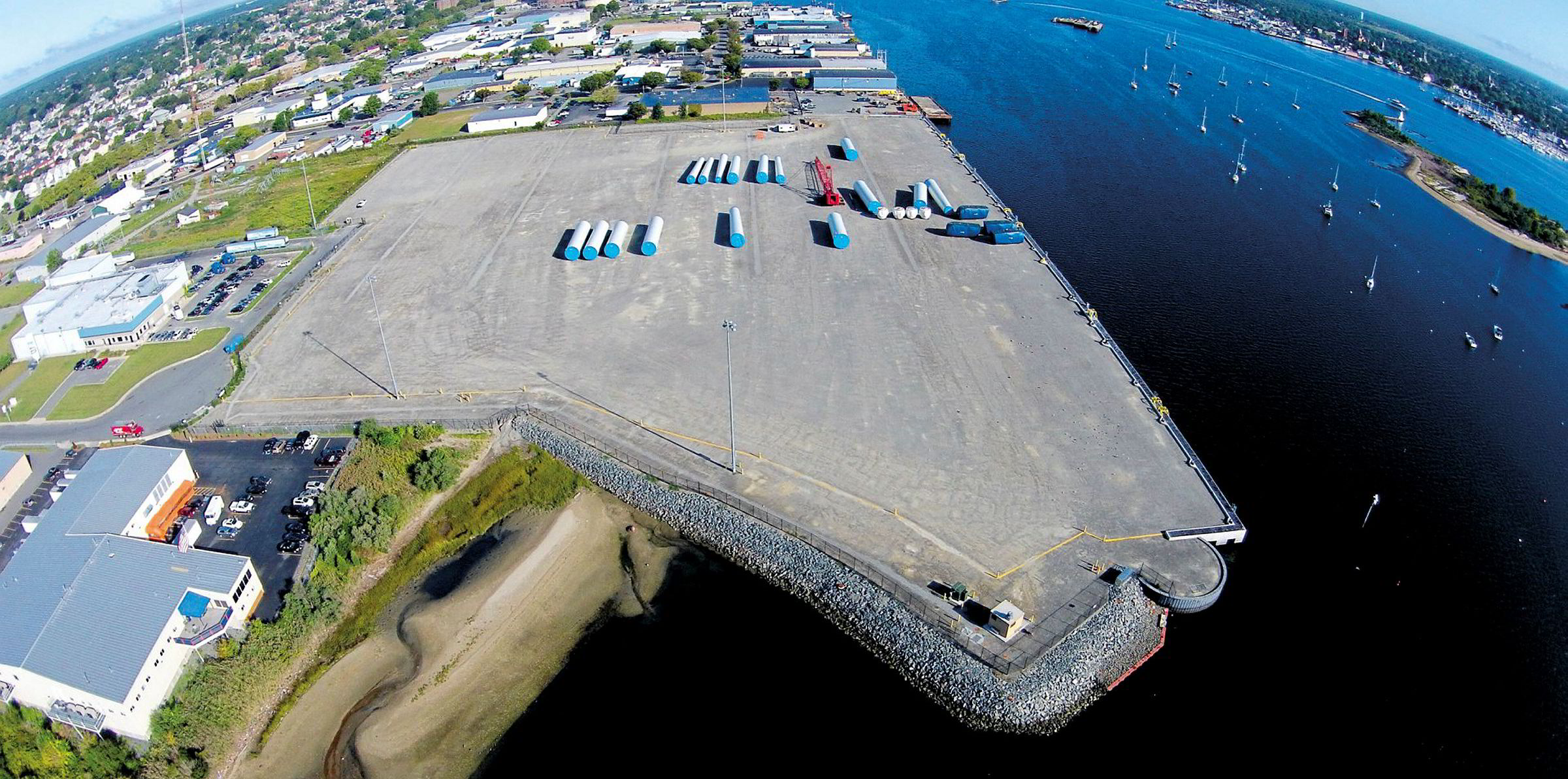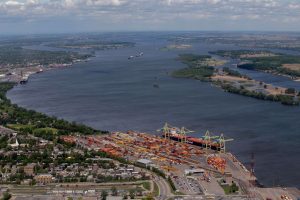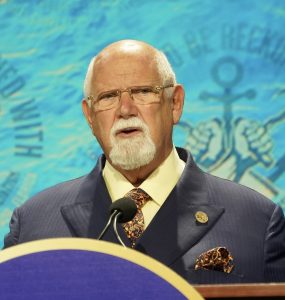Among the selected projects, Salem Wind Port Project ($33,835,953) Salem, Massachusetts
WASHINGTON – Today, the U.S. Department of Transportation announced more than $703 million to fund 41 projects in 22 states and one territory that will improve port facilities through the Maritime Administration’s Port Infrastructure Development Program, a greater amount than any year in the program’s history. The funding, made possible by the Bipartisan Infrastructure Law and additional Congressional appropriations, will benefit coastal seaports, Great Lakes ports, and inland river ports, helping improve supply chain reliability through increased port capacity and resilience, more efficient operations, reduced port emissions, and new workforce opportunities. Together, these investments will help get goods to shelves faster and lower costs for American families.
Creating a stronger and more resilient supply chain for the nation has been a key focus for the President who issued an Executive Order on Supply Chains in February 2021 and stood up a Supply Chain Disruptions Task Force, co-chaired by Secretary Buttigieg in July 2021. The Administration, supported by Secretary Buttigieg and the Department of Transportation has engaged in near-term actions to address supply chain disruptions and now, with investments like this one, are working to create the infrastructure for a stronger, more resilient supply chain for the long term.
“So many of the goods we all count on, from appliances to furniture to clothes, move through our nation’s ports on their way to us,” said U.S. Secretary of Transportation Pete Buttigieg. “Using funds from President Biden’s Bipartisan Infrastructure Law, this year we’re awarding record levels of funding to improve our port infrastructure, strengthen our supply chains, and help cut costs for American families.”
The Port Infrastructure Development Program (PIDP) supports efforts by ports and industry stakeholders to improve port and related freight infrastructure to meet the nation’s freight transportation needs and ensure our port infrastructure can meet anticipated growth in freight volumes. The program provides planning, capital funding, and project management assistance to improve ports’ capacity and efficiency. The PIDP provides funding to ports in both urban and rural areas for planning and capital projects. It also includes a statutory set-aside for small ports to continue to improve and expand their capacity to move freight reliably and efficiently and support local and regional economies.
More than 60 percent of the awards will be benefitting ports in historically disadvantaged communities and several of the projects will help reduce emissions at the ports through electrification. Additionally, more than $150 million in awards include a focus on electrification of port equipment to reduce emissions and improve air quality. The awards also include nearly $100 million for port projects that will advance offshore wind deployment – in support of President Biden’s bold goal of deploying 30 gigawatts of offshore wind by 2030, which is enough to power 10 million homes with clean energy, support 77,000 jobs, and spur private investment up and down the supply chain.
“President Biden’s commitment to modernizing our infrastructure – from the beginning of his Administration – has resulted in an unprecedented investment in all segments of our port infrastructure to enable us to move goods more quickly, strengthen supply chain resiliency, and reduce the climate impacts of port operations themselves,” said Maritime Administrator Ann Phillips.








